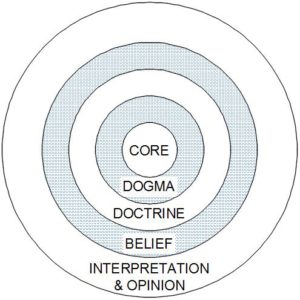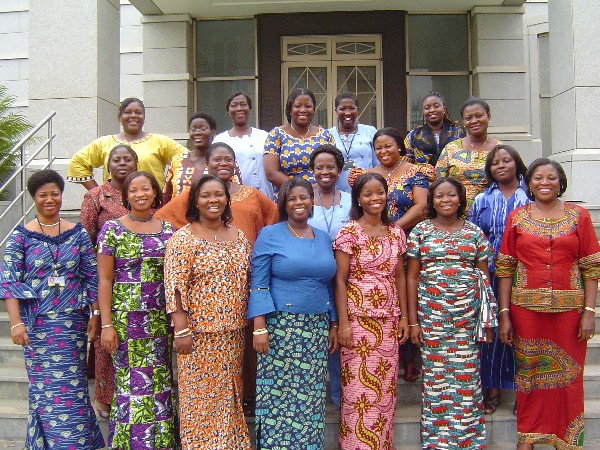Question
Hi Gramps,
Recently I’ve been reading The Infinite Atonement by Tad R. Callister. His testimony/understanding is incredible, but he makes some assertions (with confidence) that I’m not sure I believe in just yet (ex. Christ atoned for infinite worlds only on our world). Do average saints need to have a strong testimony of such “thereotical” (for lack of a better word, I mean no disrespect) doctrine or be concerned about it at all? Isn’t the basics of testimony enough?
Spencer
Answer
Spencer,
You seem to have really asked two questions. Is this doctrine “theoretical?” And is such a belief pertinent to my salvation?
To begin to answer the first question let’s see what some apostles have said about it.
His Atonement is infinite—without an end. It was also infinite in that all humankind would be saved from never-ending death. It was infinite in terms of His immense suffering. It was infinite in time, putting an end to the preceding prototype of animal sacrifice. It was infinite in scope—it was to be done once for all. And the mercy of the Atonement extends not only to an infinite number of people, but also to an infinite number of worlds created by Him. It was infinite beyond any human scale of measurement or mortal comprehension. (Russell M. Nelson; The Atonement; General Conference, Oct 1996).
“as the plan of salvation is executed and re-executed, again and again, in realms beyond our purview, His love is constant and personal” (“Wisdom and Order,” Ensign, June 1994, 43)… the same plan that will exalt the inhabitants of this earth is implemented for the same purpose in all the worlds God has created. We learn from Doctrine and Covenants 76:23–24 that the inhabitants of numerous worlds “are begotten sons and daughters unto God” (Neal A. Maxwell, Quoted in Old Testament Student Manual, Lesson 7)
You asked for my opinion. I’d say that from these and other quotes that it’s not theoretical and that Christ’s Atonement was infinite and did, indeed, apply to infinite worlds. But that is not the end of the answer. To help you understand what I mean and to answer your second question, let’s look at what many theologians call the “Concentric Circles Model.”
Referring to the model above, the deeper into the center you go, the more important and immutable the principle. The further out you go, the more fluid and possibly errant the principle may be. Additionally, the closer to the Core, the more pertinent to our salvation the principle is.
At the Core, we really have only one principle that exists – around which all our doctrines, beliefs, and practices revolve. That is Christ’s Atonement.
We believe, that through the Atonement of Christ, all mankind may be saved by obedience to the laws and ordinances of the gospel. 3rd Article of Faith
If no other principle of belief existed in the world, this is the single most important thing to believe in. Nothing is more important than understanding and applying the Savior’s Atonement in our lives.
Elder Bruce R. McConkie said:
I feel, and the Spirit seems to accord, that the most important doctrine I can declare, and the most powerful testimony I can bear, is of the atoning sacrifice of the Lord Jesus Christ.
His atonement is the most transcendent event that ever has or ever will occur from Creation’s dawn through all the ages of a never-ending eternity.
It is the supreme act of goodness and grace that only a god could perform. Through it, all of the terms and conditions of the Father’s eternal plan of salvation became operative. The Purifying Power of Gethsemane, General Conference, April 1985.
The next circle is Dogma. This contains principles that are defining and cannot be changed. Yet they are still not the heart and soul of the faith. For Latter-day Saints, this may include points like the prophetic mantle of Joseph Smith and the belief in the standard works as the word of God. We believe that the Book of Mormon was translated by the gift and power of God.
and a man would get nearer to God by abiding by its precepts, than by any other book Joseph Smith, HC 4:461.
Then the “Doctrine” circle is pretty important. This is filled with principles that help define what the Core and Dogma circles are. While the Core and Dogma make up the skeleton, Doctrine fleshes it out. As we study doctrine, we need to be aware of those things that my belong in the Belief and Opinion circles. While quotes from Apostles help define what is Doctrine vs. Beliefs, only revelation can truly help us distinguish this, especially in some gray areas.
The primary doctrine in our faith is: We know that Jesus condescended to become flesh by being born of a virgin. He lived a sinless life. He suffered, bled, and died on the cross. On the third day He was resurrected. By this series of actions, he became our Savior and Redeemer. If we are to have His Atonement effect our lives, we must accept His Divine role and be obedient to the laws and ordinances of the gospel.
When being exposed to a new principle that may seem questionable, we study to see what else has been said on the topic by apostles and prophets (such as the quotes provided previously). We ponder and pray about them. If it is important, we can begin to categorize it into these circles over time.
Some questions we need to ask are:
- Does this change anything in the Core?
- Do I still have faith in Christ as my Savior and that His Atonement made it possible for me to receive exaltation?
- Will I strengthen or weaken my testimony in Christ because of this doctrine?
If the answers indicate that it is a good doctrine, it is something that you may be motivated to study further. That’s something I can’t answer for you. And it is important that you try to determine that for yourself through study and also by faith. But when I ponder the infinite Atonement of our Savior I personally feel moved even more to praise my Savior for His lasting and Eternal sacrifice.
Gramps








